For the entire filmmaking team, creating the Ohana One documentary was a profound learning experience. Africa was a new and exciting frontier for them. Although Bill, Sharon, and Jay had prior experience in documentary filmmaking, it had been a while since they had worked on such a project. Jay, in particular, began his career filming surgeries for medical documentaries back in 1977.
The team’s plan was to tell the stories of several patients, focusing on the relationships between doctors and patients, patients and their communities, and between the doctors themselves. The aim was to present a holistic picture of how Ohana One’s technology addresses the larger social issue of limited access to medical care in under-resourced countries. Patient stories would be the centerpiece, showcasing the value of surgical care to their overall well-being.
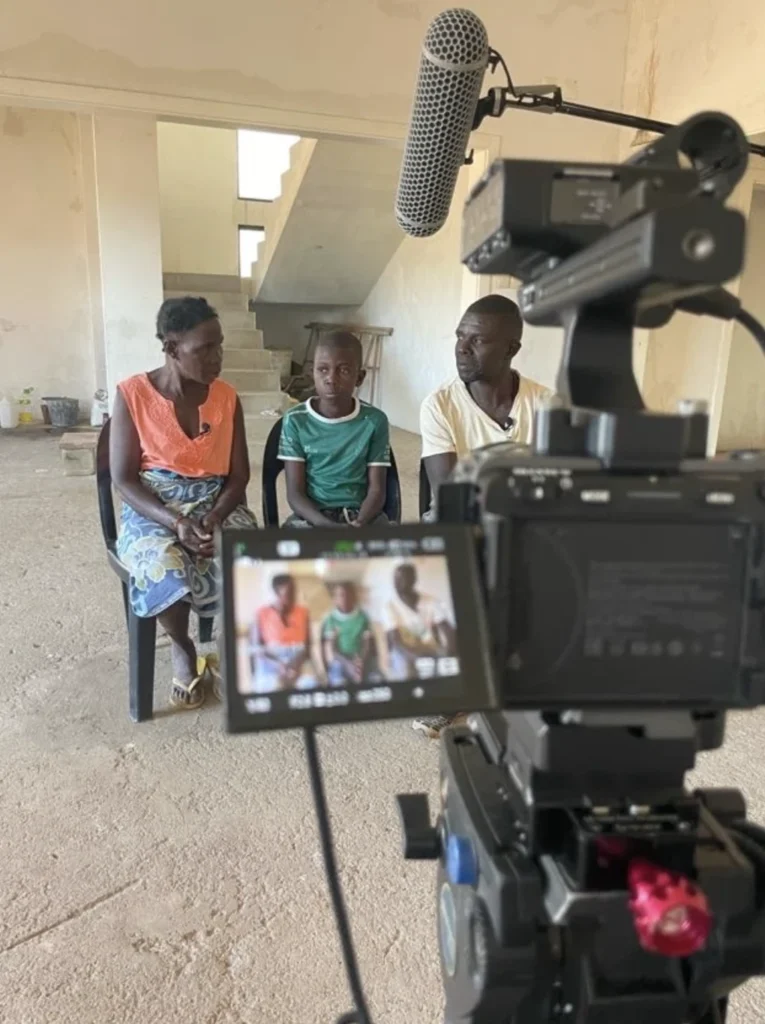
They began by meeting with Dr. Pedro Santos, who recommended three articulate patients he planned to operate on during their visit. The team conducted interviews with the patients before their surgeries, delving into their medical issues and reasons for needing surgery. They followed up after the procedures to see how the patients were doing. Keeping the story arc simple, the filmmakers allowed the content to speak for itself. They were pleasantly surprised to gather more quality footage than expected, enough to convey the essence of Ohana One’s mission.
Using iPhones as well as professional camera setups, the filmmakers captured intimate moments and surgical scenes, providing a diverse perspective. Sharon’s approach was spontaneous, channeling the spirit of photographer Nan Goldin, continuously capturing candid moments. The entire team’s dedication to filming was unwavering, documenting everything they could.
Working with a local film crew, the team found professional and appreciative collaborators. They shared their vision with the crew, who delivered stunning footage, including aerial shots with their own drone. The collaboration allowed them to gather so much more meaningful content than they could have on their own.
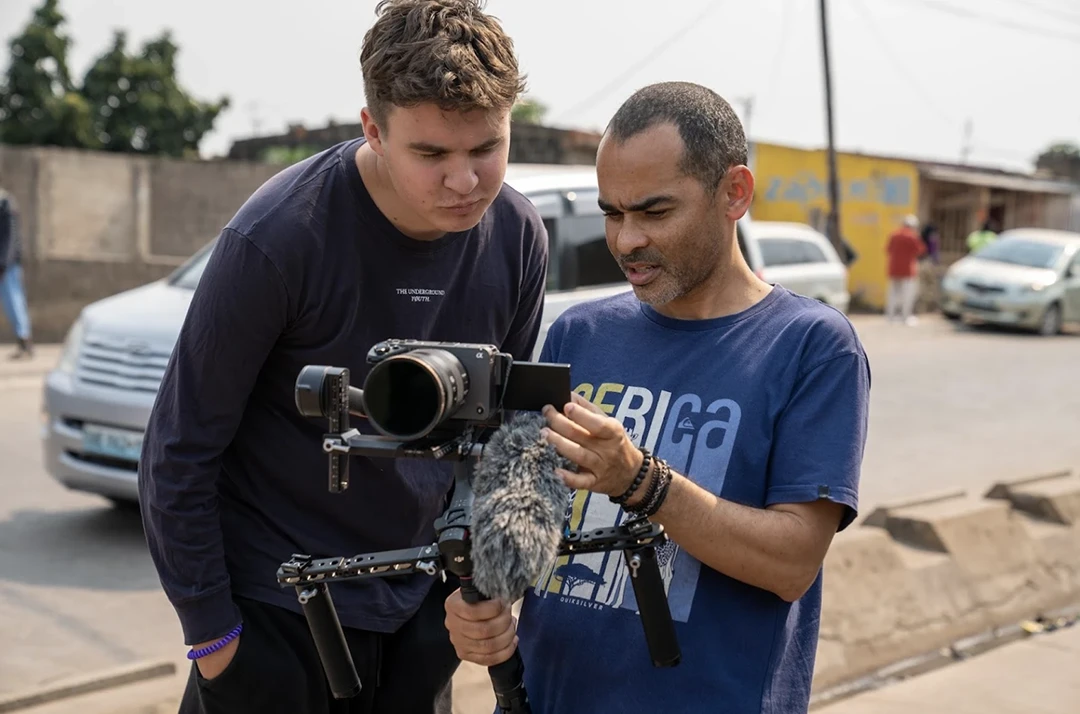
The documentary aimed to not only focus on the surgeries and the patients’ stories but also highlight secondary issues, such as the mental health challenges faced by doctors coping with the stress and pressure of inadequate resources. While filming and throughout the trip, Dr. David Kulber and his residents, Dr. Marvee Turk and Dr. Peter Deptula, eloquently articulated the immense social injustice caused by the lack of medical-surgical intervention.
Amidst the challenges, the filmmakers witnessed the remarkable dedication and compassion of the local doctors and nurses, particularly Dr. Pedro Santos and Dr. Celma Issufo, who are truly unsung heroes. Their commitment to helping their patients and their country despite the odds was truly inspiring.
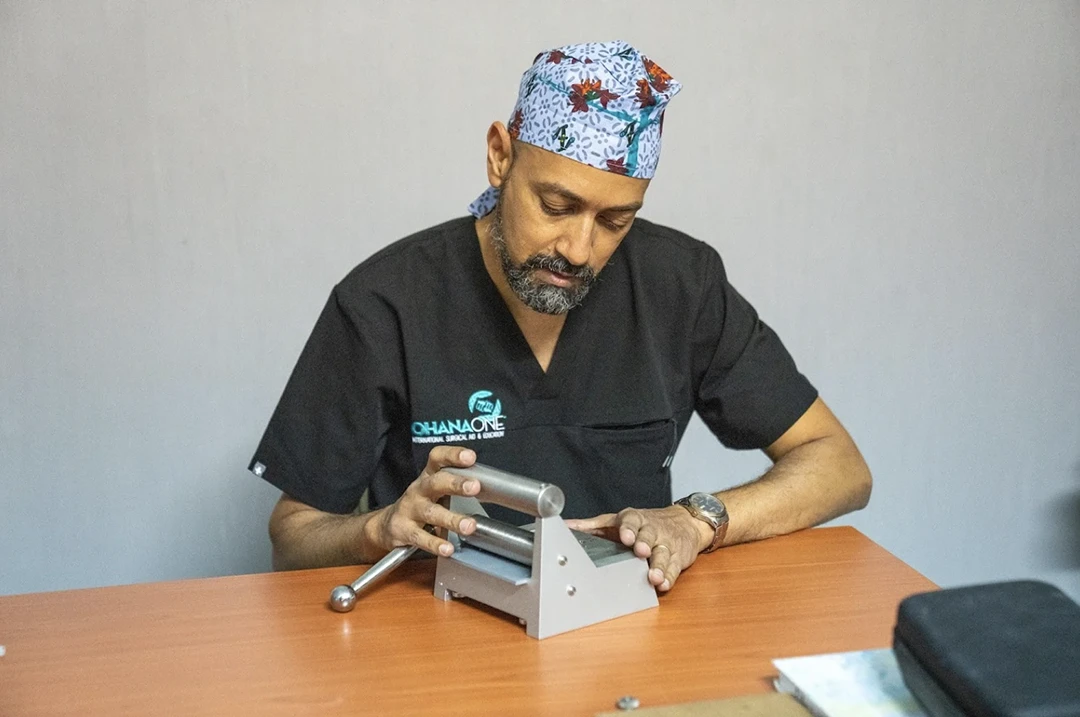
Filming took place over several intense days of surgeries. The filmmakers were honored to witness and record the expertise of the surgeons, their residents, and the remarkable local crew.
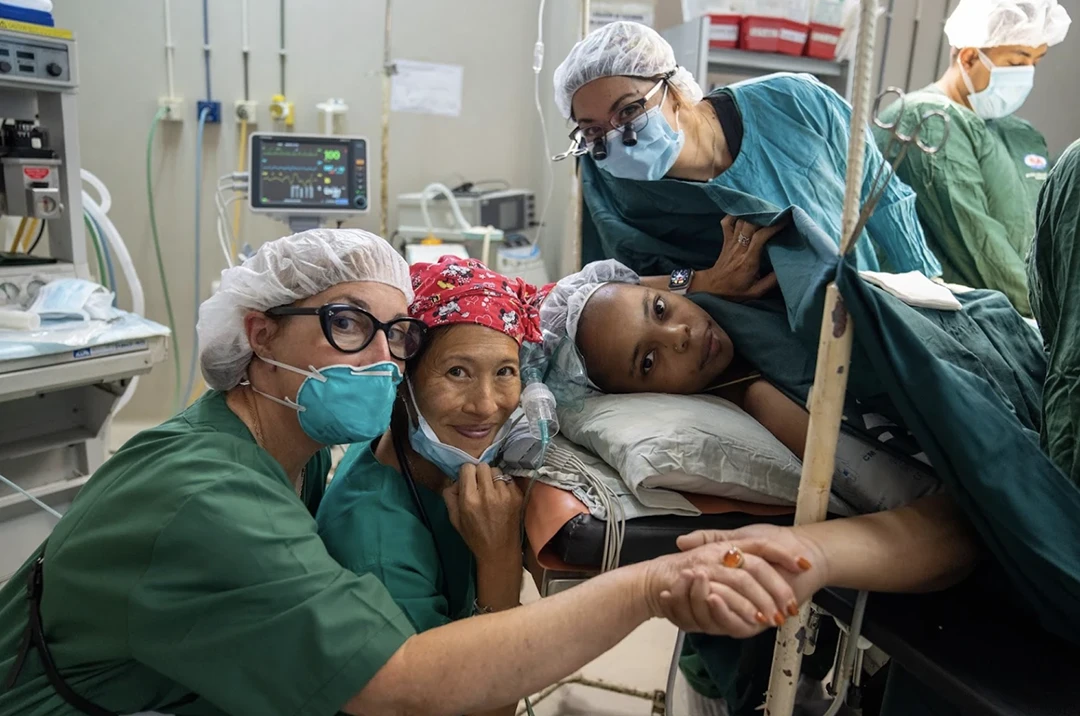
Kylie Tanabe, PA, MPH, was an invaluable member of the team. She displayed exceptional versatility, assisting in surgeries, handling logistical challenges, and providing crucial support throughout the adventure. The filmmakers felt fortunate to have her on this journey.
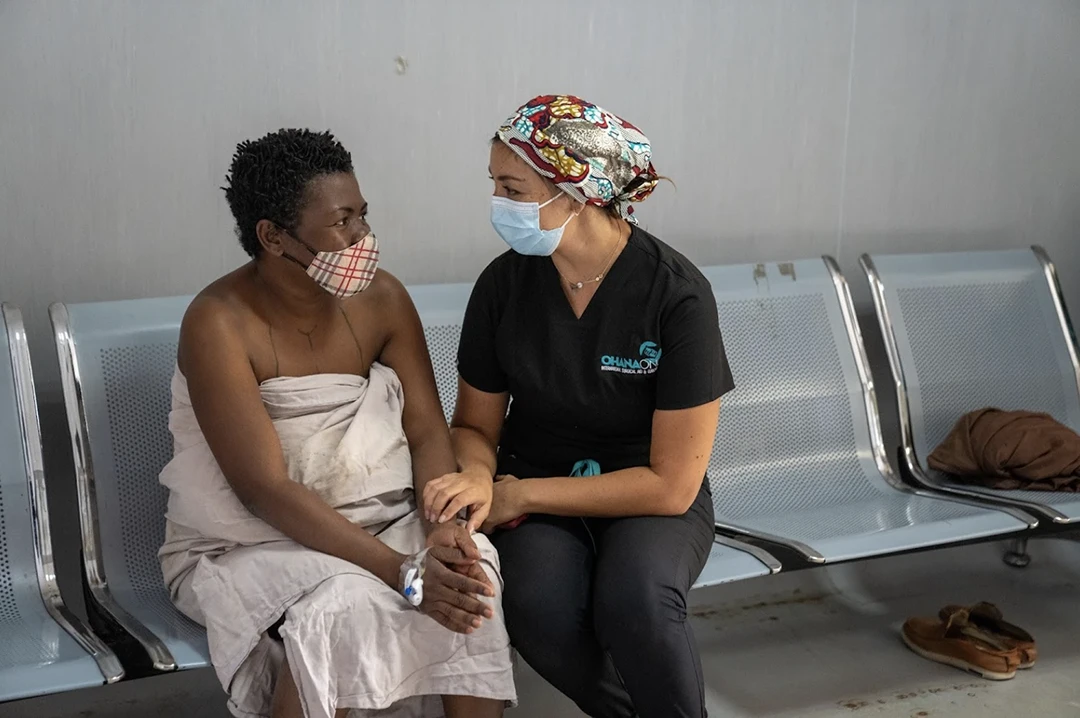
The Ohana One documentary is a testament to the power of storytelling and the impact of medical technology. It showcases the dedication of the doctors and volunteers and calls for greater awareness and support for accessible medical care in under-resourced regions. The journey of filming this documentary has been a moving experience, one that will leave a lasting impression on the entire team and, hopefully, inspire change for a better future.
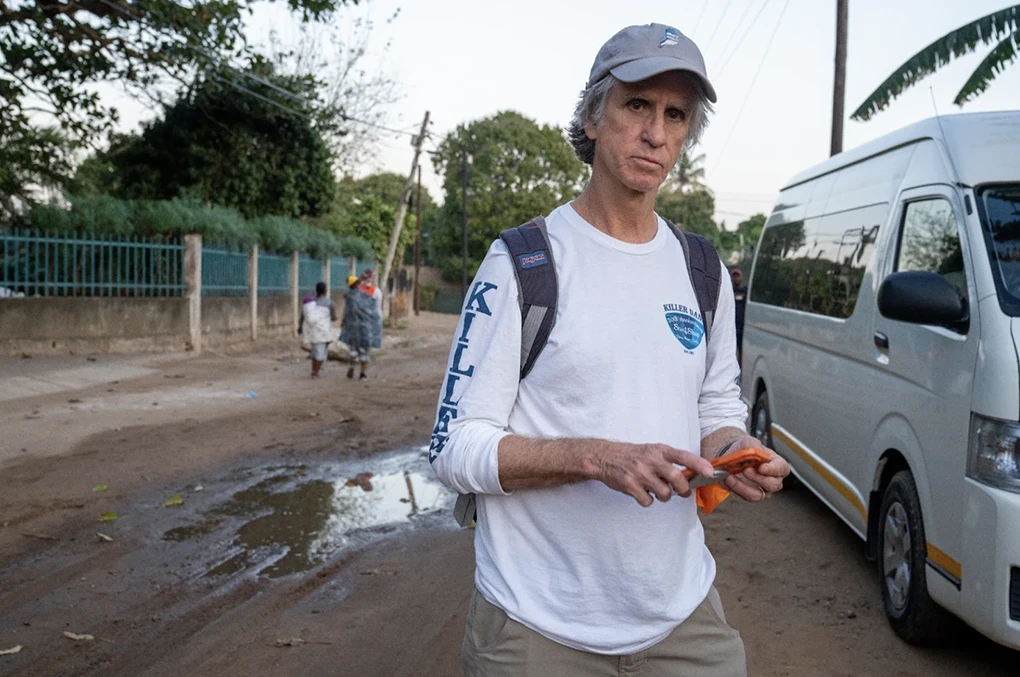

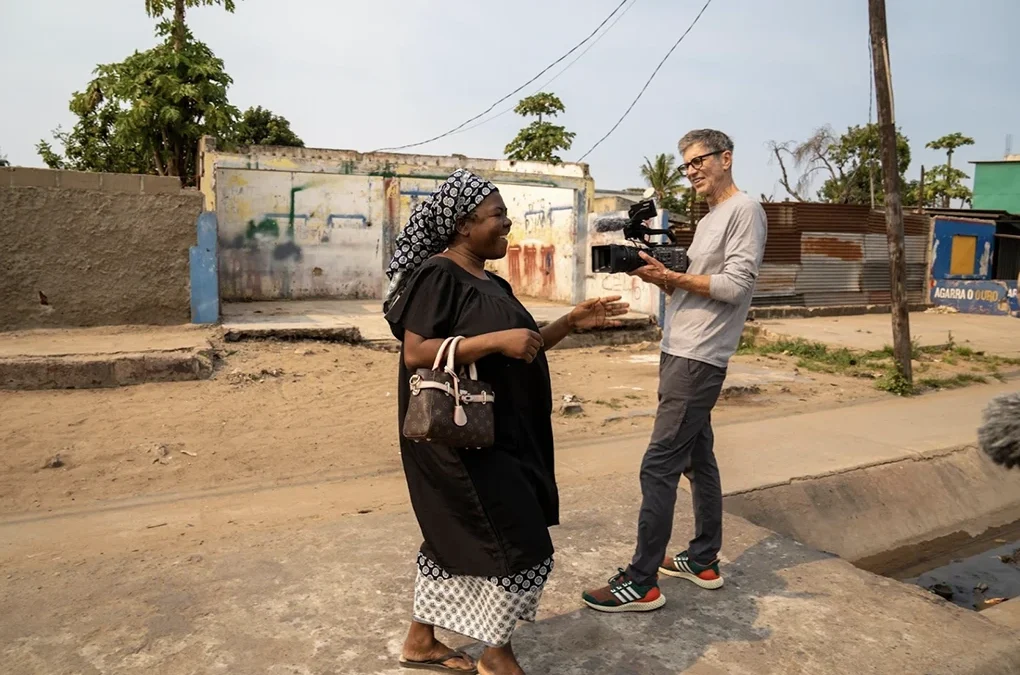
Recent Comments